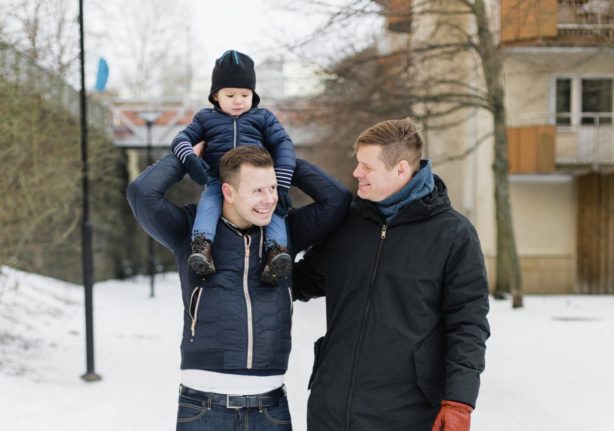November, nine months after the romantic holiday, is the time when the fewest Swedish babies are born, according to a new study that looked at sociodemographic variation in births.
“Since Valentine's Day is also a new phenomenon in Sweden – and limited to one day – it has absolutely no positive effect on birth rates in this country,” Gunnar Andersson, one of the two Stockholm University demography professors who co-authored the study, said in a statement.
As for why the birth rate actually falls in November, rather than merely staying stable, the researchers believe this may be down to deliberate planning by parents.
“We believe that the strong cut-off in births at the end of the year is because parents want to avoid giving their children a disadvantage in school,” commented Johan Dahlberg, the study's other author.
READ ALSO:
- Babies wanted: Nordic countries crying out for kids
- What you need to know about giving birth in Sweden
- Swedish blogger films her entire childbirth and puts it on YouTube
This pattern can also be seen in other countries, and previous studies have suggested that children born later in the year can face disadvantages at school due to being young for their year group.
In the past, national holidays led to a spike in births in Sweden, with more babies born nine months after Midsummer and Christmas than at any other time of the year.
However, these seasonal patterns have decreased over recent decades, the study shows, reflecting the growing availability and awareness of contraception and accessibility of abortion.
The researchers looked at data on births that took place in Sweden between 1940 and 2012 for the study.



 Please whitelist us to continue reading.
Please whitelist us to continue reading.
Member comments